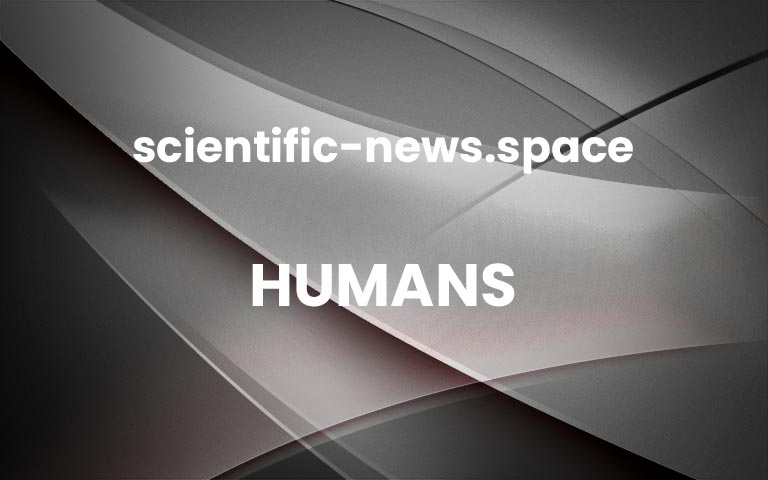Snooze it to lose it: Does sleeping more make you eat less?
Feedback is our weekly column of bizarre stories, implausible advertising claims, confusing instructions and more
Humans
16 February 2022
Josie Ford
Sleep, perchance to diet
That April is the cruellest month has yet to pass peer review, but there is little doubt February is the shortest. Feedback considers this just as well. Some of our more southerly readers may be sunning themselves on the beach, but in our pre-Arctic stationery cupboard hole, we are just waiting for the winter murk to clear.
It is at this time of year, when we are thinking about getting fit for the bikini season and doing nothing about it, that we want to read, and not question too deeply, headlines such as our own “Getting enough sleep may lower the amount of calories you eat”. The study in question, from a team at the University of Chicago Sleep Research Center, found that an extra hour’s sleep at night allowed participants to cut their energy intake by 270 calories a day – “the equivalent of around three chocolate digestive biscuits”, as the Press Association helpfully put it in its story on the research.
Why stop there? A comforting graph swims into our head of a rising line of hours not consuming calories, crossing over a falling line of calories consumed. The most effective weight-loss mechanism is surely to never get out of bed at all.Advertisement
Getting up the nose
As we take some horizontal exercise, a PR puff is popped our way by a svelte, overslept-looking colleague with a straw hanging from their nose. “To inspire those who struggle to reach their recommended daily intake of water, air up is a world first in food technology that utilises retronasal smell to provide a zero-calorie, zero sugar, zero additive way to drink 100% pure water which tastes flavoured,” we read.
Flavours “from Lime and Orange-Passionfruit to Cola and Iced Coffee” are created by using a special widget to inject bubbles of scented air into the previously 100 per cent blameless water. “We’ve revolutionised the way we drink water. You still have to use your mouth, but the taste has changed!” the company’s website continues. A welcome release for those of us who had been attempting to discover flavour by snorting our water.
Smell my cheese
We note merely in passing a press conference held on 7 February by New York City’s new mayor, Eric Adams, in which he claimed that people wouldn’t be able to tell the difference between “someone hooked on heroin” and “someone hooked on cheese”.
Entirely our experience too. Meanwhile, Adams’s own claim that he eats a vegan diet has been called into question after he was seen eating fish. Given that phylogenetically there is no such thing as a fish, we can’t rule out a plant-based variety. As to the cheese thing, as Twitter user Tyler Conway remarked, “let he who has not snorted grated parmesan off the countertop cast the first stone”.
Sperm waving
If not cheese, SpermTree – “a species-level database of sperm morphology spanning the animal tree of life”, recently described in the journal Scientific Data-promises some real, hard science.
What researchers get up to with descriptions of more than 4700 types of sperm, we hardly need to know. We are busy following an atavistic impulse by downloading the spreadsheet and reordering in descending order of sperm length.
Top of the list by some margin is the fruit fly Drosophila bifurca, with sperm over 5.8 centimetres in length when fully unfurled. This strikes us as a mite exhausting for an insect just a few millimetres long. We aren’t surprised to learn elsewhere that this limits its output to a few hundred cells in its lifetime, an apparent limitation on its reproductive chances that has been dubbed the “big sperm paradox”. This is clearly a sticky problem. Still, we are pleased to learn via a graph in the SpermTree paper that publications on sperm morphology are on the up and up.
Toast’s flip side
“Dear Professor Feedback,” Jonty Rix writes, warming the cockles of our heart. “As a social scientist,” he continues, chilling our blood again, “I am perplexed (and a little disappointed) by the failure of your discussions about the landing outcomes of ‘toast’ to fully consider socio-cultural or post-materialist understandings of the possibilities.”
We are beginning to regret reopening correspondence on the fate of falling buttered toast (8 January). But pray continue. “For example, the nature of upness seems a fundamental problem, as does a lack of a rich consideration of the numerous spaces in which toast is experienced, and of course our underlying definitions of toast and butter and the power relations inherent in their production and usage.”
We nod uneasily, wary of saying the wrong thing. We hope some opening into this whole new metalevel of debate is given by Toby Bateson. He disagrees with our assertion, backed up with references, that toast will always land butter-side down in any universe that supports intelligent bipeds (29 January). “By simply making the toast twice as long it will rotate at half the speed and so will land butter side up,” he writes. “The problem arises due to a fundamental flaw in the proportions of toast which can be adapted to solve the problem in any universe, regardless of table height and the intelligence of the bipeds who made the toast.”
We’re off to have a lie-down and burn some calories.
Got a story for Feedback?
Send it to [email protected] or New Scientist, Northcliffe House, 2 Derry Street, London W8 5TTConsideration of items sent in the post will be delayed More


